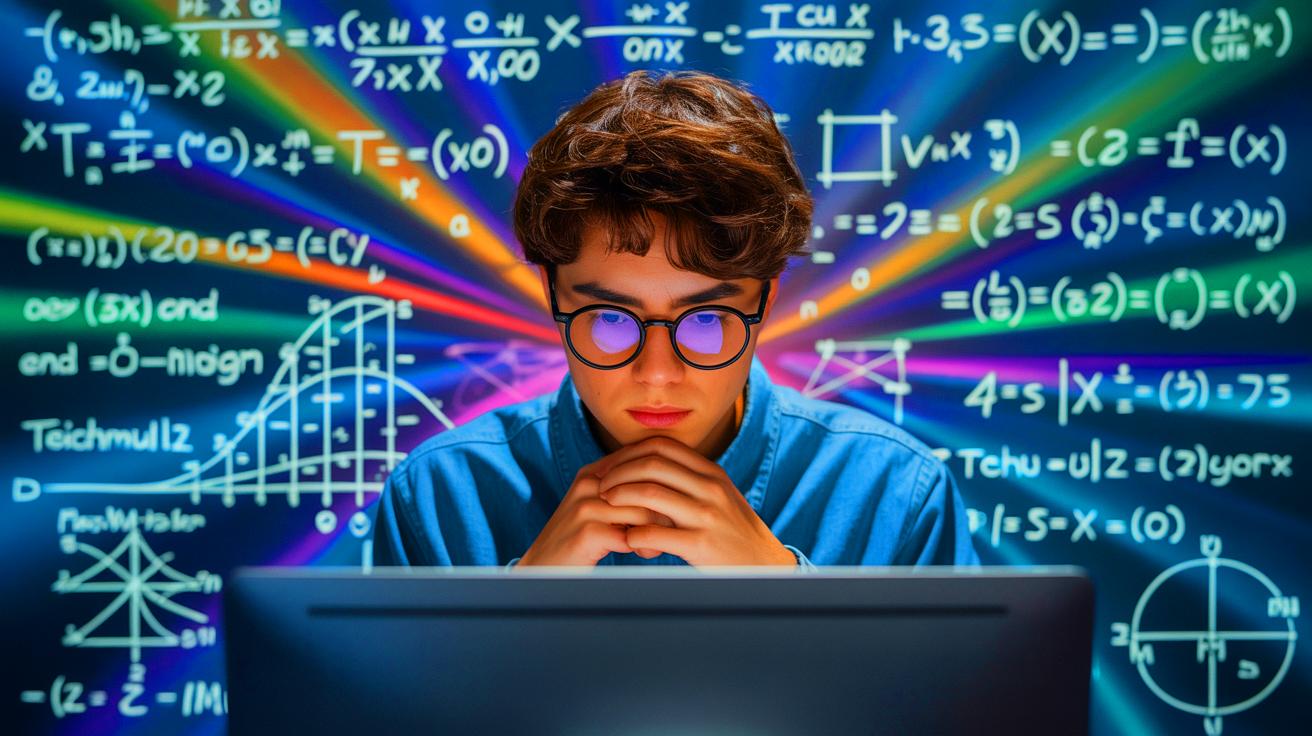- 🚀 Interuniversal Teichmüller Theory (IUT) is a complex mathematical concept introduced by Shinichi Mochizuki, resembling an “alien language.”
- 🧑💻 Young tech worker Zhou Zhongpeng has made significant strides in understanding IUT, attracting attention from top scholars.
- 🔒 If verified, IUT could revolutionize encryption technologies and impact modern computational fields.
- 🤔 Despite its potential, IUT faces skepticism due to its complexity and the difficulty in verifying its claims.
In the realm of mathematics, certain theories transcend conventional understanding, challenging even the most seasoned scholars. One such enigma, the Interuniversal Teichmüller Theory (IUT), has captivated the mathematical community since its inception. Originally introduced by renowned Japanese mathematician Shinichi Mochizuki in 2012, IUT presents a revolutionary approach to arithmetic geometry. Its complexity has earned it the moniker of an “alien language,” leaving many mathematicians grappling with its intricacies. Recently, a young tech worker’s breakthrough has reignited interest in this elusive theory, promising potential applications that could transform fields like encryption.
Understanding the Interuniversal Teichmüller Theory
First published over a decade ago, the Interuniversal Teichmüller Theory challenges traditional number theory by introducing novel mathematical structures. Developed by Shinichi Mochizuki, this theory departs significantly from established arithmetic principles, requiring a fundamentally different cognitive framework. The intricacy of IUT is such that only a select group of mathematicians truly comprehend it, making it a daunting challenge for others.
IUT’s primary claim to fame is its proposed solution to the long-standing ABC conjecture, a complex puzzle exploring the relationships between numbers in addition and multiplication. While the conjecture might sound straightforward, it has confounded mathematicians for decades. Mochizuki’s theory purports to prove it, but the immense complexity of IUT has hindered widespread verification. If proven correct, IUT could revolutionize practical applications, including encryption technologies, although skepticism remains due to its arduous nature.
The Tech Worker’s Surprising Contribution
The esoteric nature of IUT has kept it largely confined to the mathematical elite, but recent developments have broadened its reach. Enter Zhou Zhongpeng, a 28-year-old former tech worker and self-taught math enthusiast. Zhou’s novel insights into IUT, shared on the scholarly server arXiv, have drawn the attention of prominent IUT scholar Ivan Fesenko. Impressed by Zhou’s fresh perspective, Fesenko facilitated his transition to Westlake University, where Zhou now focuses on advancing the theory.
Zhou’s contributions could potentially bridge the gap between IUT specialists and the broader mathematical community, particularly outside Japan and China, where IUT’s impact is most profound. His efforts underscore the theory’s potential to transcend traditional academic boundaries, offering a new lens through which to view mathematical problems. Until more mathematicians can engage with IUT, Zhou’s work remains a beacon of hope for further understanding.
The Potential Impact on Modern Technology
Beyond its mathematical allure, the Interuniversal Teichmüller Theory holds significant promise for modern technology. If validated, IUT’s implications could extend to fields such as cryptography and data security. Its proposed solution to the ABC conjecture may provide new tools for enhancing encryption protocols, safeguarding sensitive information against increasingly sophisticated cyber threats.
The potential applications of IUT are vast, offering novel solutions to complex problems in computer science and beyond. However, the theory’s complexity poses a substantial barrier to its widespread adoption. As researchers like Zhou continue to unravel its intricacies, the hope is that IUT’s benefits will become accessible to a broader audience, paving the way for groundbreaking advancements in technology and mathematics alike.
Overcoming Skepticism and Moving Forward
Despite its potential, the Interuniversal Teichmüller Theory is not without its critics. Some in the mathematical community remain skeptical, citing the difficulty in understanding and verifying Mochizuki’s claims. The dense nature of IUT’s 2,000-page proposal has deterred many from engaging with the theory, leaving its merits largely untested.
Nevertheless, the renewed interest fueled by Zhou’s insights offers a glimmer of hope. As more mathematicians explore IUT, the possibility of validation grows, potentially transforming skepticism into acceptance. The journey to fully comprehend and apply Mochizuki’s theory is ongoing, and its ultimate impact on mathematics and technology remains to be seen. As the field progresses, will the collective efforts of scholars and enthusiasts finally unlock the secrets of this mathematical enigma?
This article is based on verified sources and supported by editorial technologies.
Did you like it? 4.4/5 (21)
